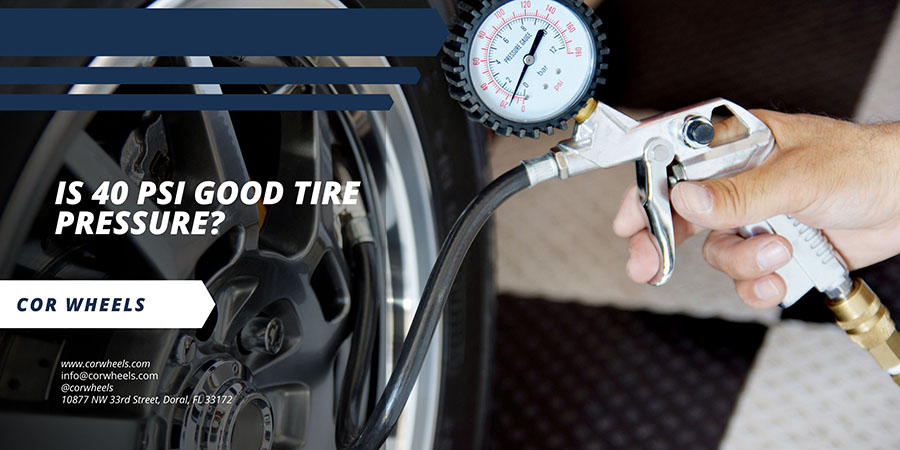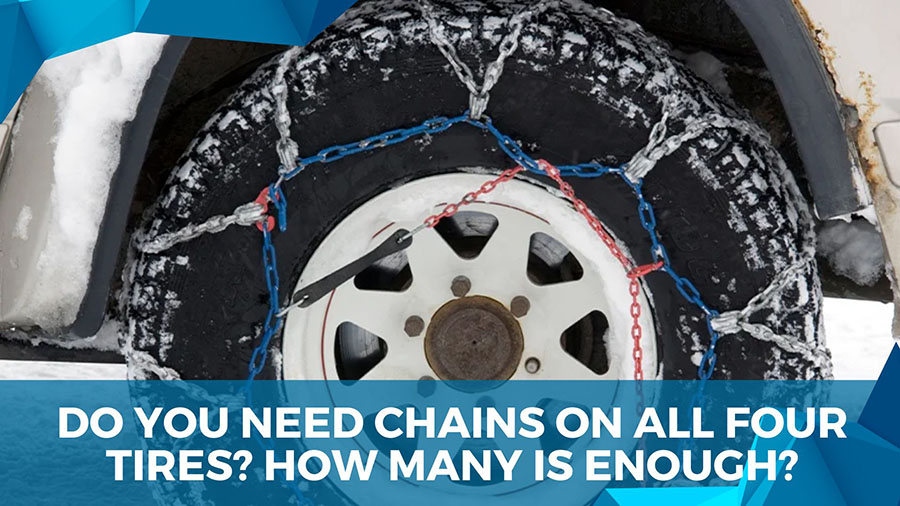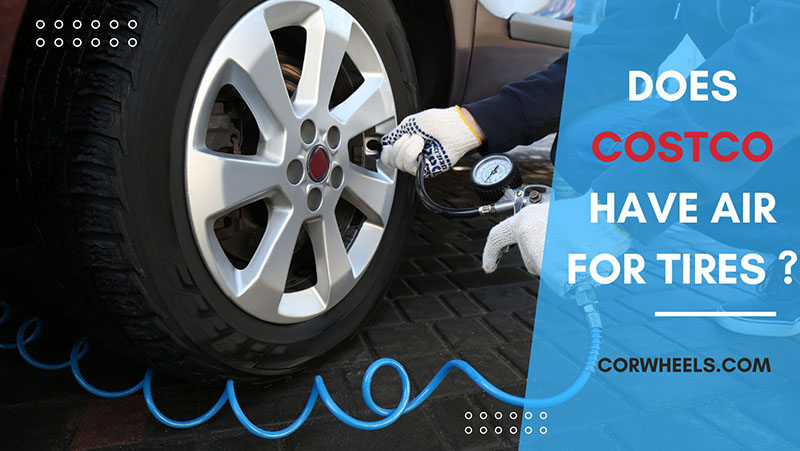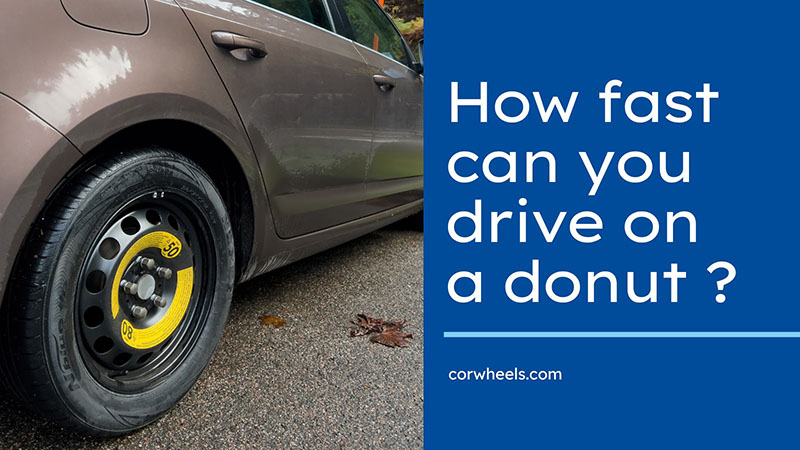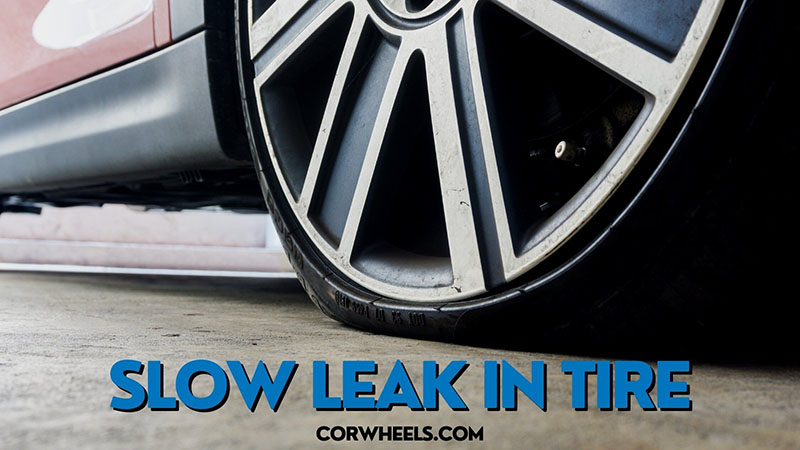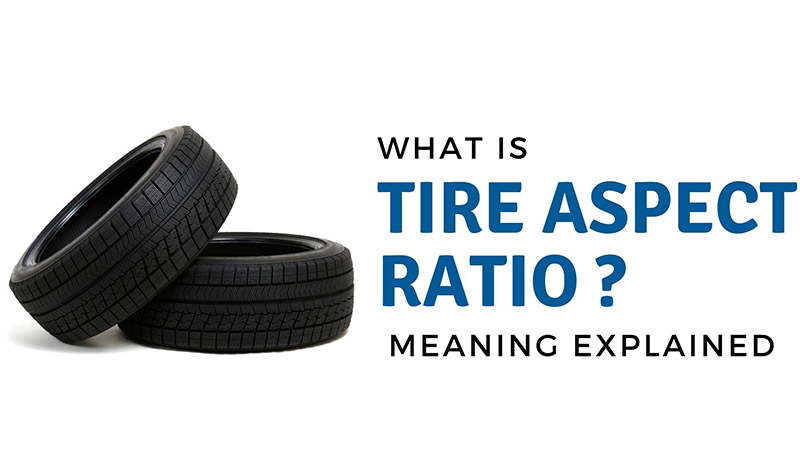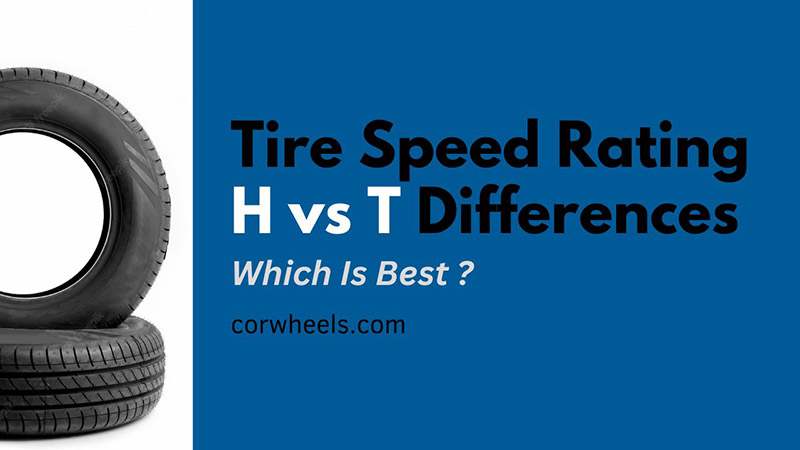Driving safety must always be a priority, and all drivers must pay attention. Along with the driver’s control abilities, other important considerations include the state of the roads and the dashboard’s specs. One illustration is tire pressure.
The pressure varies with weight and speed. Therefore, is 40 psi (pounds per square inch) a good tire pressure?
In this article:
What Is a Good Tire Pressure?
The typical range for good tire pressure is 32 to 40 psi on a couple of tires. However, the appropriate pressure for your car will differ depending on the vehicle’s weight and load capability.
You could compromise your safety if your car’s front and rear tire pressure are too high or too low since it could lead to a tire explosion. The required pressure is listed in your automobile’s manual or on a label inside the driver’s door post.
It’s crucial to run your tires at the proper pressure. It prolongs the tire’s durability, lowers your gas costs, and keeps you safe.
Is 40 Psi Good Tire Pressure?
The answer is yes, but only sometimes. The pressure rating will differ depending on the type of tire, both front and rear tire. For some tires, 40 psi may be perfect, but it may be too high or too low for others.
Many car models are available today, each utilizing a different type of tire. The manufacturer will determine the recommended pressures for each tire ahead of time.
Most tires with four seats or light trucks have a typical tire pressure between 27 and 32 psi. The pressure on some models can reach 40 psi. The tire pressure can be 45 psi for big trucks.
A pressure level of 40 psi may be appropriate for sports vehicles or passenger automobiles. However, this is too low for heavy trucks since it is below the recommended pressure of 35 psi.
As a result, the answer is dependent on the type of vehicle you have. It can be found on manual page stickers or heard from consultants.
Why Does Pressure Change?
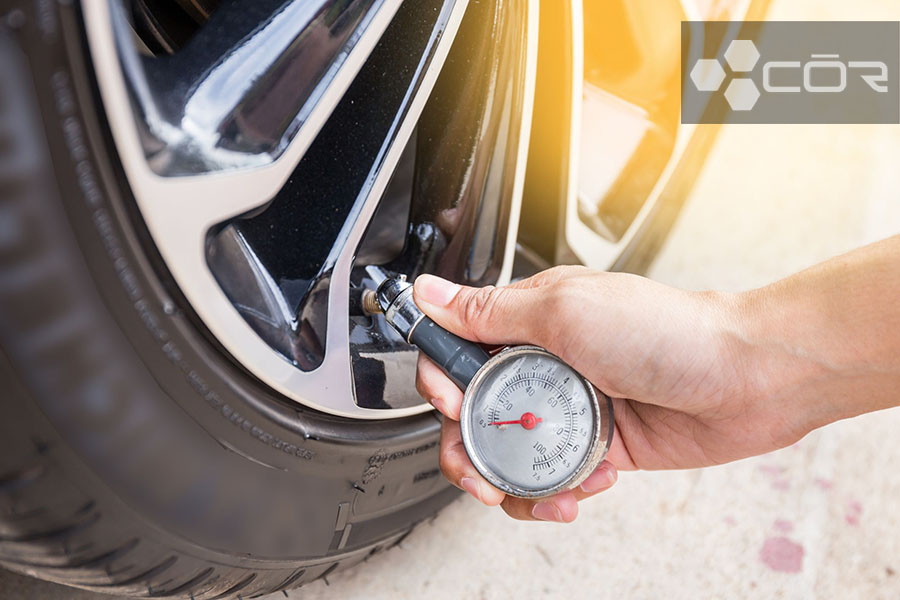
Tire pressure can change for a variety of reasons. According to statistics, yours can naturally lose 1-2 psi due to wear and use.
In particular, climate and weather impact tire pressure, especially on the rear tire. The car’s tire pressure can increase in hot weather. Then, the tires will enlarge. In contrast, when there is a decrease in temperature, the tire may contract, lowering the air in the tire.
Unexpected incidents that cause tire damage will lead the pressure to vary rapidly. For example, when driving at high speeds for an extended period, the air within expands, and the tire warms up, increasing pressure.
As a result, to prevent hazards when moving, you must pay attention to odd indicators of repair.
What Happens If The Pressure Is Too Low Or Too High?
It is risky to drive while the vehicle’s pressure is too high or too low. It not only contributes to the car colliding. It may also result in an accident and put you in danger.
Under-inflated tires can cause a blowout. When the tire’s air pressure falls too low, the sidewalls flex more, and heat accumulates within the tire.
Overheating can cause a piece of the tire’s rubber to detach from its carcass. A blowout can occur if this happens suddenly. An underinflated tire can result in a loss of control, leading to an accident.
The over-inflated tire, therefore, is a problematic issue. The life and longevity of tires are directly impacted by air tension. Too much tire inflation results in poor traction and unusual wear.
More dangerously, when the tire is overinflated, high air temperatures and a long trip allow the tire to heat up and expand. The added tension can lead to an explosion. We should use a tire pressure gauge for a tire pressure check. An accurate tire pressure gauge will bring accurate pressure. Moreover, tire maintenance and tire service are required.
How To Check Tire Pressure?
Test with cold condition
For the most accurate view, tire manufacturers advise inspecting tires when cold. Tire pressure can change as much as one psi every 10 degrees. Higher temperatures correspond to higher psi readings. Therefore, we should keep a cold tire pressure.
The tires are deemed cold when the car has been parked for 3 hours or longer. On the other hand, the vehicle has yet to cover a mile.
As a result, we can use gas-measuring equipment to collect and measure the correct tire pressure.
Check with meter
First, remove the valve cap from the tire. You should swiftly insert the pressure gauge into the valve mouth and press it once more until no squeaking is heard.
The measurements’ findings are also shown on the machine.
Record specific parameters
A crucial step is to record the PSI. The specifications for the front and back wheels are different.
The tension that was measured at each wheel needs to be meticulously recorded. Then, contrast these with the PSIs advised by the automakers.
Fill your tires with ideal PSI
The necessary tool is an air compressor, which is used to inflate the air. You have two choices. You can buy an air compressor from an auto parts shop. Or else, you can use the compressor at a petrol station.
Drive to a convenient location before using the compressor at a gas station. When that happens, all four wheels are in touch with the pump nozzle.
Put the gas pump in place and press it to start filling the tires from the valve mouth. To be more certain, you should utilize a test meter of 0-40 psi after finishing the inflating stages.
Check again
The final step to complete the task is to check the tire pressure. To ensure it complies with the specifications from the outset, you should verify all metrics and tire valves.
Conclusion
It is impossible to provide a specific answer to the question, “is 40 psi too high for tires?” The manufacturer will prescribe a particular rating for each type.
Suppose you need help calculating the proper tire pressure for your car. In that case, 40 psi will ensure you’re not under or over-inflating your tires.
See also: Do New Tires Come Up With Rims?

